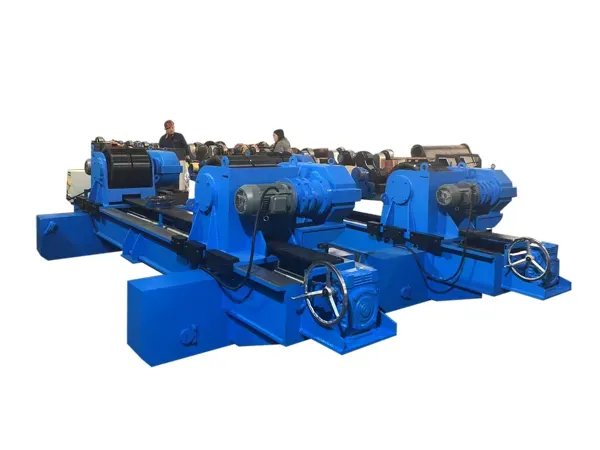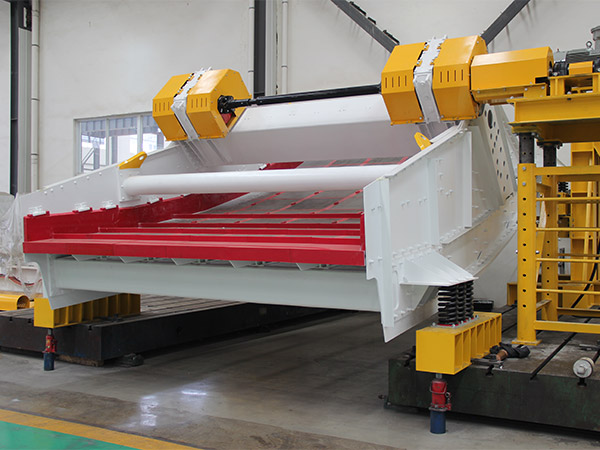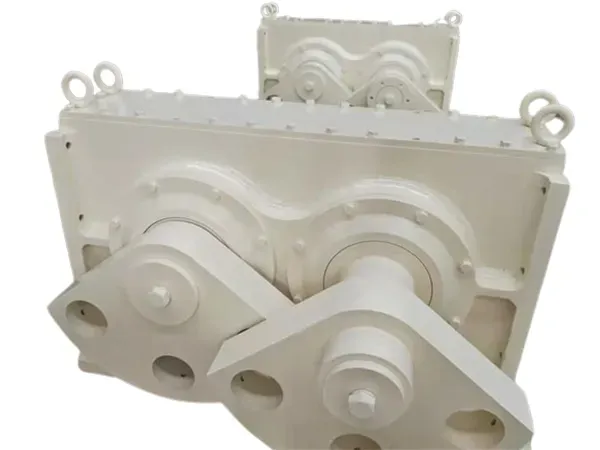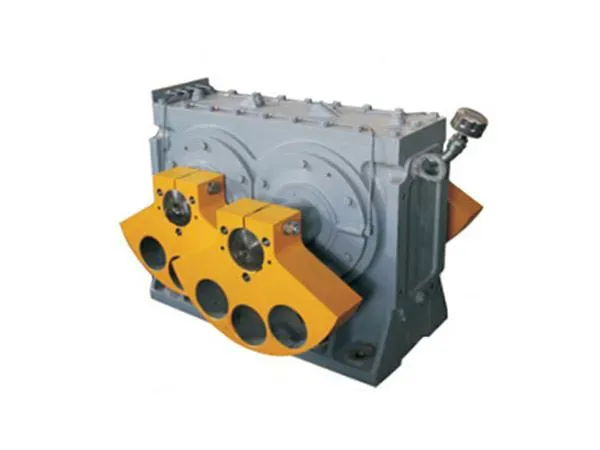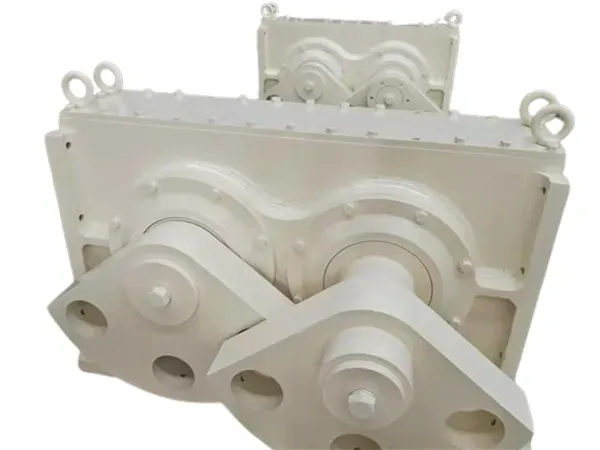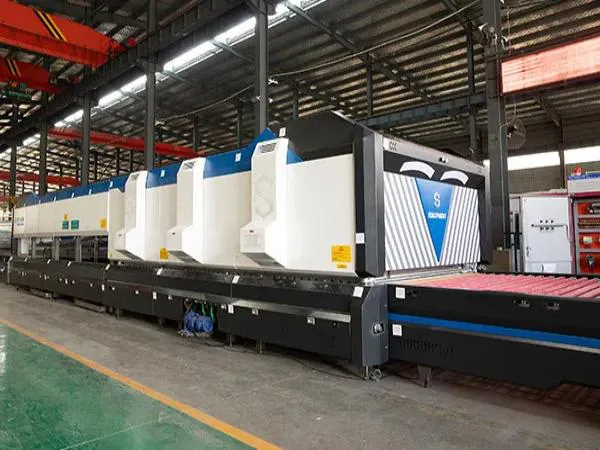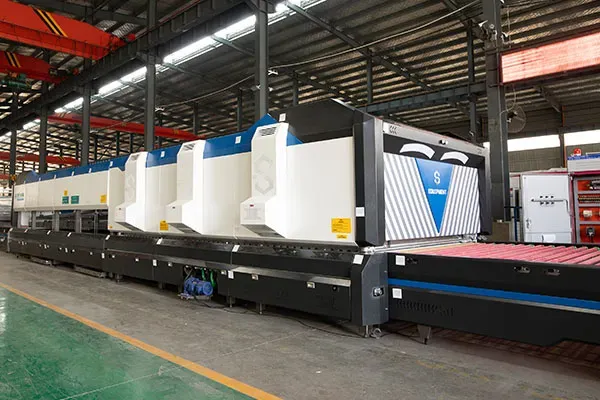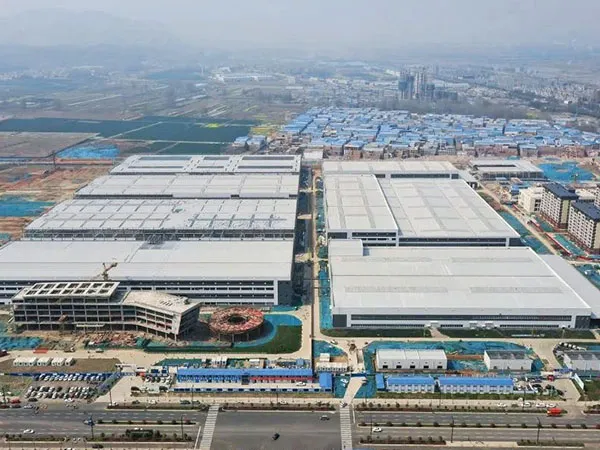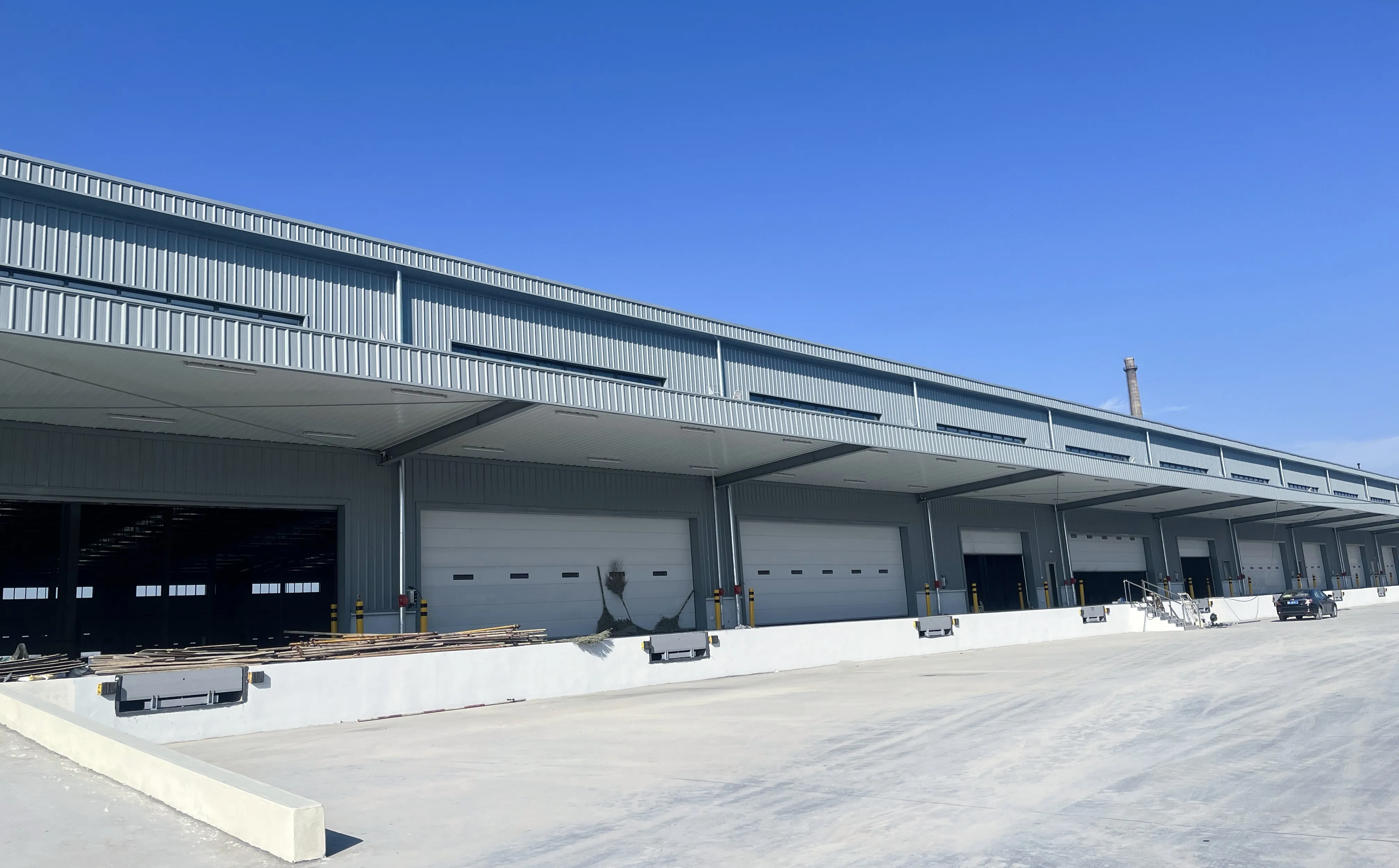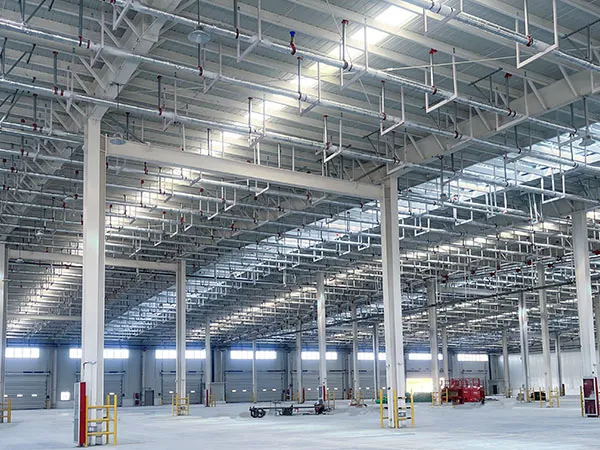A welding roller stand is a piece of equipment used to weld metal rollers, usually in mechanical engineering and manufacturing. Its main function is to provide precise control and a stable welding environment, enabling workers to weld various types of rollers with ease. Assembled through welding techniques, roller stands are used to provide a stable and smooth motion that can withstand repeated repetitive actions and high load environments, helping to improve productivity and product quality.
The three main types of welding roller stands include self-adjusting welding roller stands, adjustable welding roller stands and tamper-proof welding roller stands. In different scenarios, it is important to pay attention to choosing the most suitable welding roller frame. The following is the specific introduction of these three welding roller frame:
1. Self-adjusting welding roller frame refers to a kind of welding roller frame equipment that can be welded according to its own set parameters. It is usually used in industrial production, especially in the automotive industry, machining and robotics. It is characterized by its ability to automatically adjust welding parameters to achieve an efficient welding process. Self-adjusting welding roller frame can improve productivity, reduce production costs, and can guarantee the quality of welding.
2. Adjustable welding roller frame is a kind of equipment in welding process, which is mainly used to realize the rotation and position adjustment of machine parts in the welding process. This equipment is usually composed of rollers, aspectos, rods and adjustable, etc., can realize the precise control of fine-tuning. Adjustable welding rollers are commonly used in various types of robotic welding systems, CNC welding machines, automatic welding lines and other fields to improve welding precision and efficiency. It can not only cope with a variety of welding process requirements, but also to avoid human error and reduce labor intensity.
3. Anti-fluctuation welding roller frame is mainly used to prevent the welding process roller frame due to high temperature and mechanical stress and distortion or fracture. This kind of roller frame is usually made of special material with good weldability and anti-twist strength. It can be used in a variety of processes such as automotive manufacturing, machine building and electronic equipment manufacturing. By using tamper-resistant welding roller frame, it helps in accomplishing efficient production and reduces the failure rate as well as costly maintenance.

We can see that different welding roller frames also have more refined features, so it is important to pay attention to the scenario when using them and choose the most suitable welding roller frame. Choose the right welding roller frame, do not ignore the subsequent maintenance work when using. Here are a few points to note:
1. welding roller frame in welding suitable before the roller frame above all the obstacles to remove, and by the special person to use and custody, no contact with oil and fire.
2. In order to ensure that the use of roller frame equipment performance, so the transmission components should be set to a certain period of time to carry out lubrication checks! Roller frame transmission parts in the absence of lubrication, it is strictly prohibited to use the product.
…
More detailed information about the Guidelines for the Use of Welding Roller Stands can be found by visiting: https://www.bota-weld.com/en/a/news/guidelines-for-the-use-of-welding-roller-stands.html

